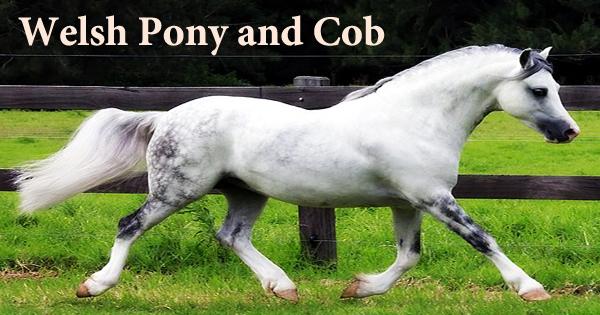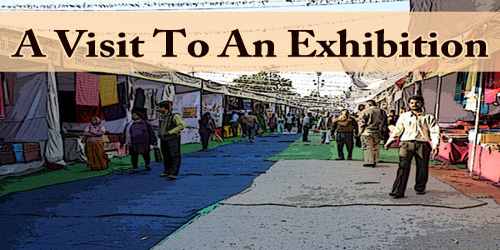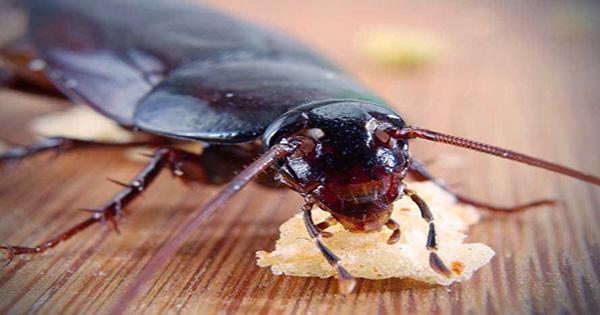For generations, the Welsh Pony has been bred in the hills of Wales, in the western part of the United Kingdom. These horses are thought to have existed before the Romans, and there is evidence that the Welsh Cob was present in Wales before 1600 BC. The Welsh Pony and Cob is a group of four closely related horse breeds that originated in Wales, United Kingdom, and includes both pony and cob types. The Welsh breeds are divided into four parts within the breed society, which are differentiated primarily by height and style variations: Section A is the smallest Welsh Mountain Pony; Section B is the slightly taller yet refined Welsh Pony of Riding Form, popular as a children’s show mount; Section C is the small but stocky Welsh Pony of Cob Type, famous for riding and competitive driving; and the tallest, the Welsh Cob (Section D), which can be ridden by adults. The introduction of Thoroughbred and Arabian blood resulted in the creation of a saddle form. Welsh ponies stand around 12 hands tall (122 cm) and weigh about 500 pounds (225 kg; see photograph). The most common coat color is black. They are polished and intelligent, with a lot of spirits and a pleasant demeanor. Welsh ponies and cobs are noted for their calm demeanor, hardiness, and free-moving gaits in all parts. The temperament and conduct of the ponies were greatly affected by the area’s climate, as well as the rugged terrain. Since they had to live on sparse mosses and grasses in their climate, these horses have built a strong constitution. The Welsh countryside, where Welsh Ponies and Cobs were first developed, was harsh and provided little in the way of food. The ponies became more surefooted, hardy, and flexible over time. As a result, they can now be used in nearly every discipline, including hunters, dressage, mixed driving, English and western fun, heavy harness, and others. The modern Welsh Pony and Cob breeds are used in a number of equestrian disciplines, including showing, jumping, and driving, as well as pleasure riding, trekking, and trail riding. Children’s ponies of the smaller varieties are very common. The Welsh also influenced the evolution of many British and American horse and pony breeds by crossing well with other breeds.

The various types of ponies within the Welsh Pony breed will have differing personality characteristics due to the four parts of the Welsh Pony and Cob Stud Book.
Section A: Welsh Mountain Pony
The Mountain Pony can only stand 12.2 hands tall, making it suitable for a young rider or driver. He’s intelligent, polite, big, and adorable, making him a good trail and pleasure horse, but he’s particularly skilled at jumping and driving.
Section B: Welsh Pony
The Section B Welsh, which was bred to be a riding pony, is the most common of the four Welsh breeds. The Section B Welsh is similar to the Mountain Pony but has a more elegant build and can grow to be 14.2 hands tall. The Section B pony is most often used in the show ring for these reasons. With the versatility to do English, western, trail riding and anything in between, the Section B Welsh is one of the most popular sections in the U.S.
The Welsh Pony of Cob Type, or Section C, is sure-footed, hardy, and active. This horse is good for both children and adults, as well as those wishing to perform at a higher level or just enjoy riding. These animals are adaptable, natural jumpers who also do well in harness. For dressage and driving, the Section C is a popular option.
Finally, the Welsh Cob of Section D can be described as a wonderful riding horse that is renowned for its tractability, endurance, and courage. These horses are agile, hardy, and powerful, with a lovely temperament that is suitable for riders of all levels.
After the Crusaders returned to England with Arab stallions from the Middle East, the characteristics of the breed as we know it today are believed to have been developed by the late 15th century. In the 16th century, King Henry VIII issued the Breed of Horses Act 1535, which ordered the slaughter of all stallions under 15 hands (60 inches, 152 cm) and mares under 13 hands (52 inches, 132 cm) in order to improve horse breeds, especially war horses.
The Welsh Pony and Cob Stud Book has four sections:
- Welsh Mountain Ponies are featured in Section A of the exhibit. These are the tiniest of the four Welsh Pony breeds, standing no more than 12 hands tall. They’ll have graceful legs, a deep girth, and delicate heads.
- The Welsh Pony of Riding Type is described in Section B. These should not be taller than 13.2 hands and, due to their sloping shoulders, should have excellent action.
- The Welsh Pony of Cob Type is described in Section C. Also, they shouldn’t be taller than 13.2 hands. The legs should be muscular and short, and the body should be compact with a deep girth.
- Welsh Cobs with a height of more than 13.2 hands are featured in Section D. The delicate features seen on all Welsh Pony forms will be showcased on the head. These creatures, on the other hand, would have solid hind legs and quarters, resulting in excellent Cob action.
Welsh Ponies and Cobs were prized as riding horses, carriage horses, work horses, and war horses in the decades that followed. When coal became a valuable commodity in the United Kingdom, Welsh Mountain Ponies accompanied the men to the mines, where they were used both below ground as pit ponies and above ground to pull loads. They excelled in a cart due to their stamina at the trot, pulling families, tradesmen, and businessmen in harness. Welsh horses supported postmen in delivering mail, accompanied gentlemen and ladies on hunts, and acted as mounts for many children. Dressage, endurance training, general riding, hunting, jumping, and work activities are all common uses for Welshes today. They have competed at the Fédération Équestre Internationale (FEI) level and have been used in dressage.
















